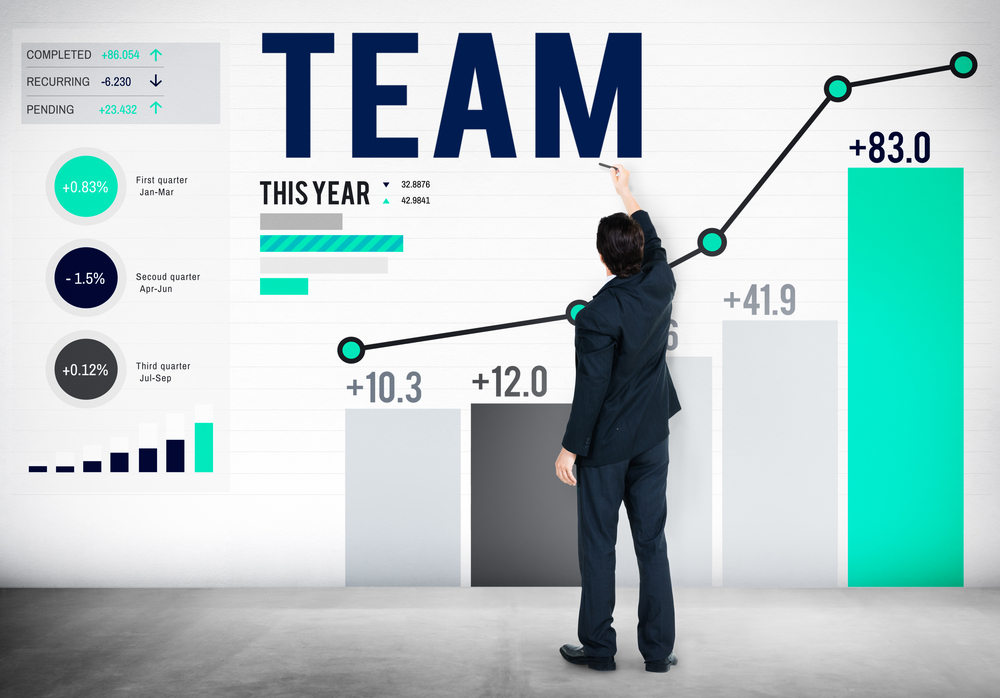Key Elements of Effective Employee Development Programs
Discover the essential components of employee development programs that promote continuous growth. The article covers needs assessment, training strategies, implementation, and delivery methods, emphasizing their importance in organizational success and employee engagement.
Sponsored

Human resources are the most vital and adaptable element among the four main factors of production. Employees embody the core values and operational style of a company over time, significantly influencing its success. Consequently, investing in employee development ensures staff stay current with industry trends and are motivated to contribute to the company's growth.
What is employee development?
Employee development involves enhancing skills and knowledge necessary for employees to excel in their roles. This process occurs periodically to introduce new competencies, refine existing abilities, or update employees on technological advancements, market shifts, and workplace changes.
This ongoing program typically begins after hiring and remains a continuous part of an employee’s journey within the organization.
Employee development extends beyond onboarding; it is essential at all organizational levels for efficient teamwork and operation. Think of an organization as a living organism, with departments functioning as vital systems, requiring constant coordination. Employee development plays a central role here.
Components of an employee development plan
Depending on the company's size and structure, development initiatives vary. Key components include:
Needs assessment and planning
This step involves identifying skill gaps and determining the most suitable training methods for specific roles or departments.
Development strategy formulation
Understanding individual employee profiles and designing tailored training plans is crucial. Additionally, organizations must plan how workload will be managed during development activities, offering incentives if training extends over time.
Implementation phases
Different training modules are selected based on the role and responsibilities. Managers may need updates in leadership and HR, while production staff might focus on efficiency improvements. This segmentation ensures targeted skill enhancement.
Application of skills
This pivotal phase involves putting learned skills into practice within the work environment. Employees should observe performance changes aligned with their training.
Monitoring and feedback
Often the final step, this evaluates the effectiveness of training tools and processes. Feedback through surveys and direct suggestions helps refine future programs, ensuring they are user-friendly and impactful.
Training delivery methods
Employee development employs a mix of techniques to foster an effective learning environment. These methods are categorized broadly into on-the-job and off-the-job approaches.
On-the-job training
This involves direct training within the work setting, such as online modules for technical updates, job rotation to broaden experience, shadowing to observe experienced staff, and mentoring by senior employees.
Off-the-job training
Learning occurs away from daily work tasks through classroom sessions, multimedia presentations, simulations, or workshops. This approach is especially useful for creative roles or specialized skill sets, allowing employees space for innovation and exploration.
Effective employee development is critical for aligning staff capabilities with organizational goals. Properly implemented, it fosters growth, innovation, and a positive workplace culture.





